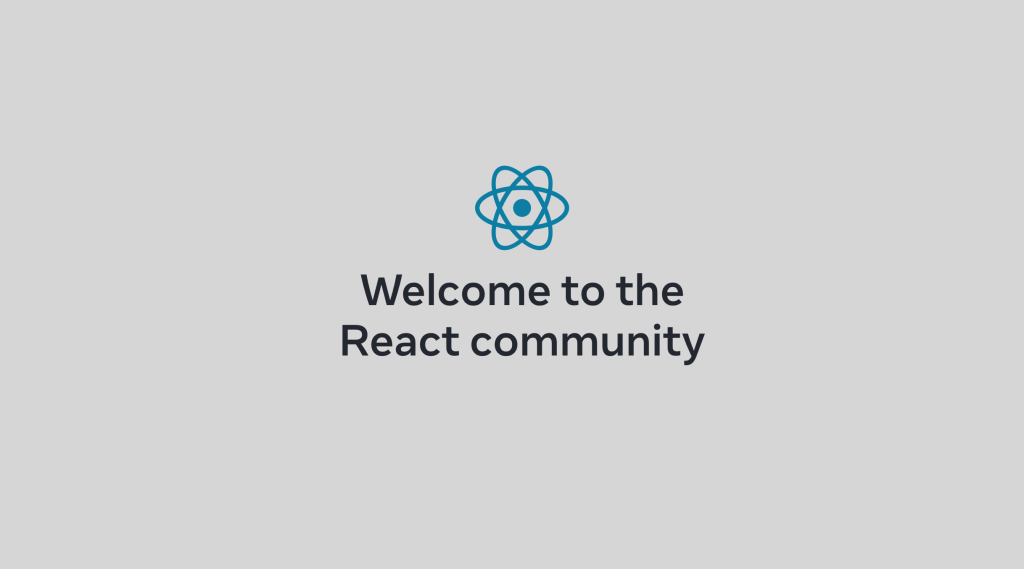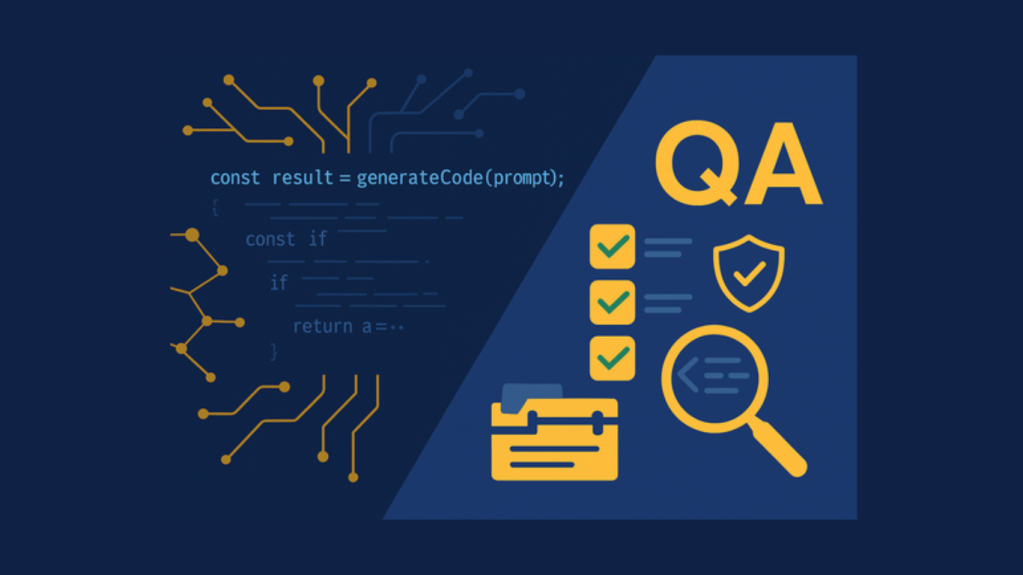In the dynamic world of application development, React stands out as a beacon of efficiency and innovation. Created by Jordan Walke, a software engineer at Meta(Facebook), React has revolutionized how developers build interactive user interfaces, providing a blend of performance, reusability, and a vibrant ecosystem that makes web development manageable and truly enjoyable.
Understanding React and its ecosystem
React fundamentals
React revolutionizes the development of web interfaces by allowing dynamic updates without page reloads through its component-based architecture. This approach enables developers to create isolated UI components that manage their own state, streamlining the development process. JSX, blending HTML and JavaScript alongside the virtual DOM, significantly enhances coding intuitiveness and rendering efficiency. These innovations make building interactive web applications more straightforward and optimize performance and developer productivity.
The React ecosystem
React is supported by a comprehensive ecosystem that extends its capabilities. Tools like Redux refine state management, React Router enriches application navigation, and Next.js boosts SEO and mobile performance through server-side rendering. This ecosystem provides a versatile foundation that adapts to diverse project requirements, cementing React’s status as a top choice for web development.
Real-world React application examples
Let’s dive into some real-world applications built with React, showcasing its versatility and power.
E-commerce websites
Imagine an e-commerce site that’s as responsive as it is beautiful. React transforms e-commerce sites into responsive and visually appealing online stores. Its capabilities enable seamless product browsing, search filtering, and checkout processes, directly contributing to an enhanced shopping experience and higher conversion rates. The framework’s adeptness at responsive design ensures optimal functionality across all devices.
Headless websites
React’s versatility shines in headless website development, where it can seamlessly consume APIs from various back-end services to render highly interactive and dynamic user interfaces. This approach decouples the front end from the back end, allowing developers to leverage React’s component-based architecture for rapid development and easy maintenance of complex websites. Paired with Next.js, React has the power to handle data-driven interactions, enabling developers to build fast, SEO-friendly websites that provide a rich user experience across different platforms.
SaaS (Software as a Service) products
For SaaS products, React’s modular design allows for creating scalable, feature-rich applications that can evolve over time with the needs of businesses. Its ecosystem, including state management libraries and routing solutions, supports the development of complex applications with minimal performance overhead. React enables SaaS developers to create customizable and reusable UI components, enhancing the development speed and consistency across different application parts, which is crucial for the iterative nature of SaaS product development.
Hybrid mobile apps
React’s adaptability is further evidenced in developing hybrid mobile apps via React Native. This framework extends React’s component-based architecture to mobile platforms, allowing developers to build applications that run on both iOS and Android from a single codebase. It demonstrates React’s power in web development and mobile app development, providing a native-like user experience while significantly reducing development time and cost.
Custom business applications
Custom business applications benefit from React’s ability to integrate seamlessly with various software applications, APIs, and other technologies. Its efficient update and rendering system ensures high performance for applications with complex data flows and user interactions. React’s ecosystem with rich tools and libraries, empowers developers to build tailored solutions that meet specific business requirements, showcasing its flexibility and capability to tackle diverse project needs.
👋 Do you need help with your React project?
Curotec can help. Our team of expert developers specializes in crafting custom React solutions that drive business success. From strategy to implementation, we’re here to guide you every step of the way.
Benefits of using React for these applications
Performance and efficiency
React’s virtual DOM optimizes rendering, making applications fast and responsive, even with large amounts of data.
Reusable components
Developers can reuse components across different parts of an application or even across projects, saving time and ensuring UI consistency.
Strong community support
The React community is a treasure trove of resources, from libraries and tools to forums and tutorials, supporting both newcomers and seasoned developers.
Getting started with your React project
Choosing the right tools
Select tools and libraries that complement React and meet the specific needs of your project. Consider factors such as project size, complexity, and performance requirements. It’s also important to stay updated with the latest developments in the React ecosystem, as new tools and improvements that can enhance the efficiency and capabilities of your React applications are regularly introduced. Tools like Create React App can simplify the setup process for new projects, while libraries like Material-UI offer ready-to-use components that can accelerate development.
Learning resources
Countless resources are available to learn React, from official documentation to online courses and community tutorials. Start with the basics and progressively tackle more complex topics. The React documentation is invaluable, offering in-depth guides, tutorials, and a thorough overview of concepts for developers of all skill levels. Additionally, platforms like Codecademy, Udemy, and freeCodeCamp provide structured courses that cater to different learning styles and levels of expertise.
Community and support
Engage with the React community through forums, social media groups, and local meetups. Sharing experiences and challenges can provide valuable insights and support. The React community is known for its welcoming and helpful nature, making it easier for newcomers to seek advice and for experienced developers to stay abreast of best practices and emerging trends. Participating in community events like conferences and hackathons can also offer networking opportunities and firsthand exposure to innovative uses of React.
In conclusion
The examples highlighted in this post barely scratch the surface of what’s possible with React. Its flexibility, performance, and robust ecosystem make it an excellent choice for a wide range of web development projects. Whether you’re building a simple website or a complex web application, React offers the tools and resources needed to create engaging, high-performance user interfaces.
The strength of React lies not only in its technical capabilities but also in the vibrant community that continuously contributes to its growth and improvement. This community support ensures that React stays at the forefront of web development technologies, constantly evolving with new features, best practices, and third-party libraries that expand its versatility. For developers seeking a reliable, scalable, and efficient framework for their next project, React stands out as a premier choice, enabling the creation of innovative, user-centric experiences on the web and beyond.









